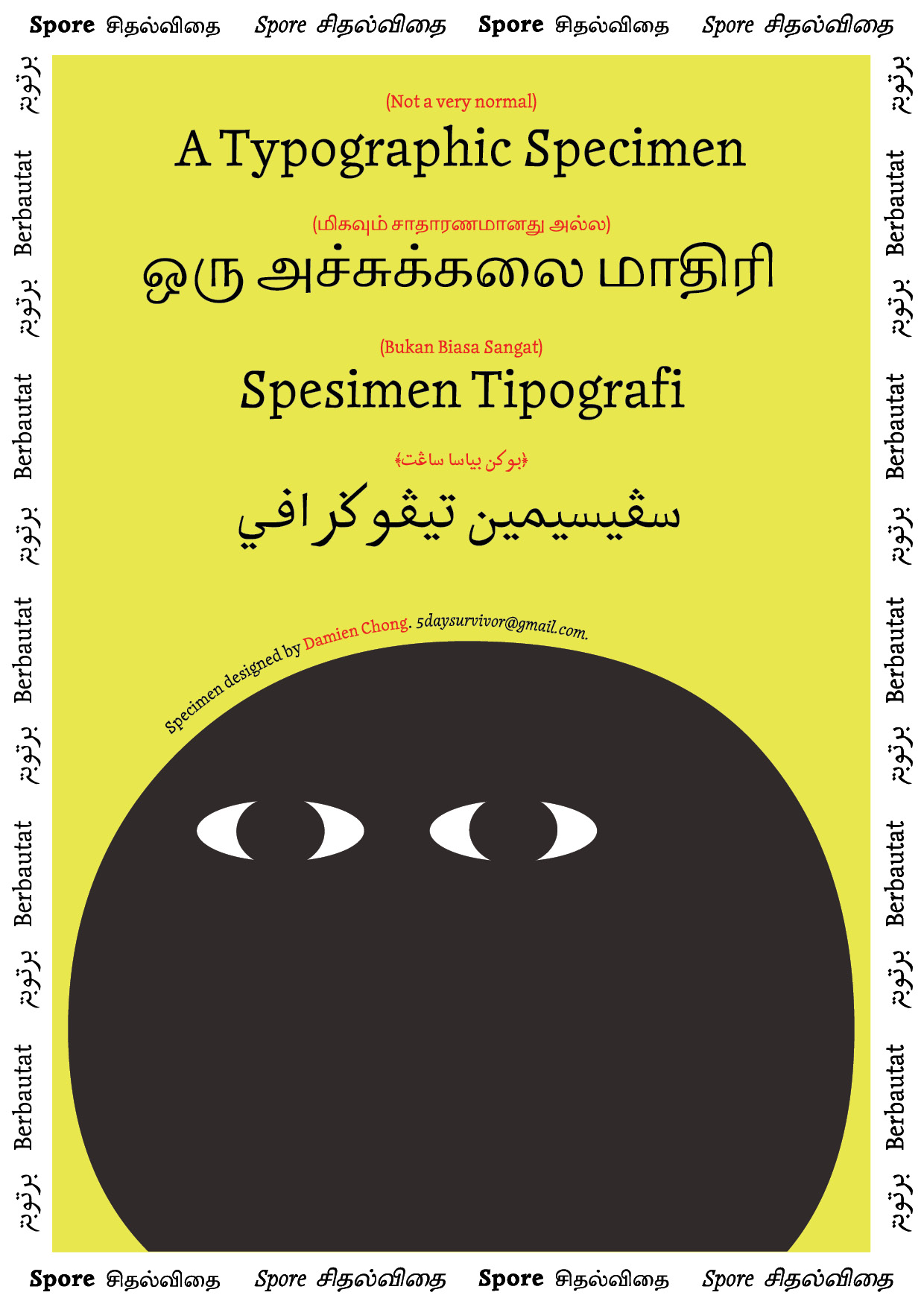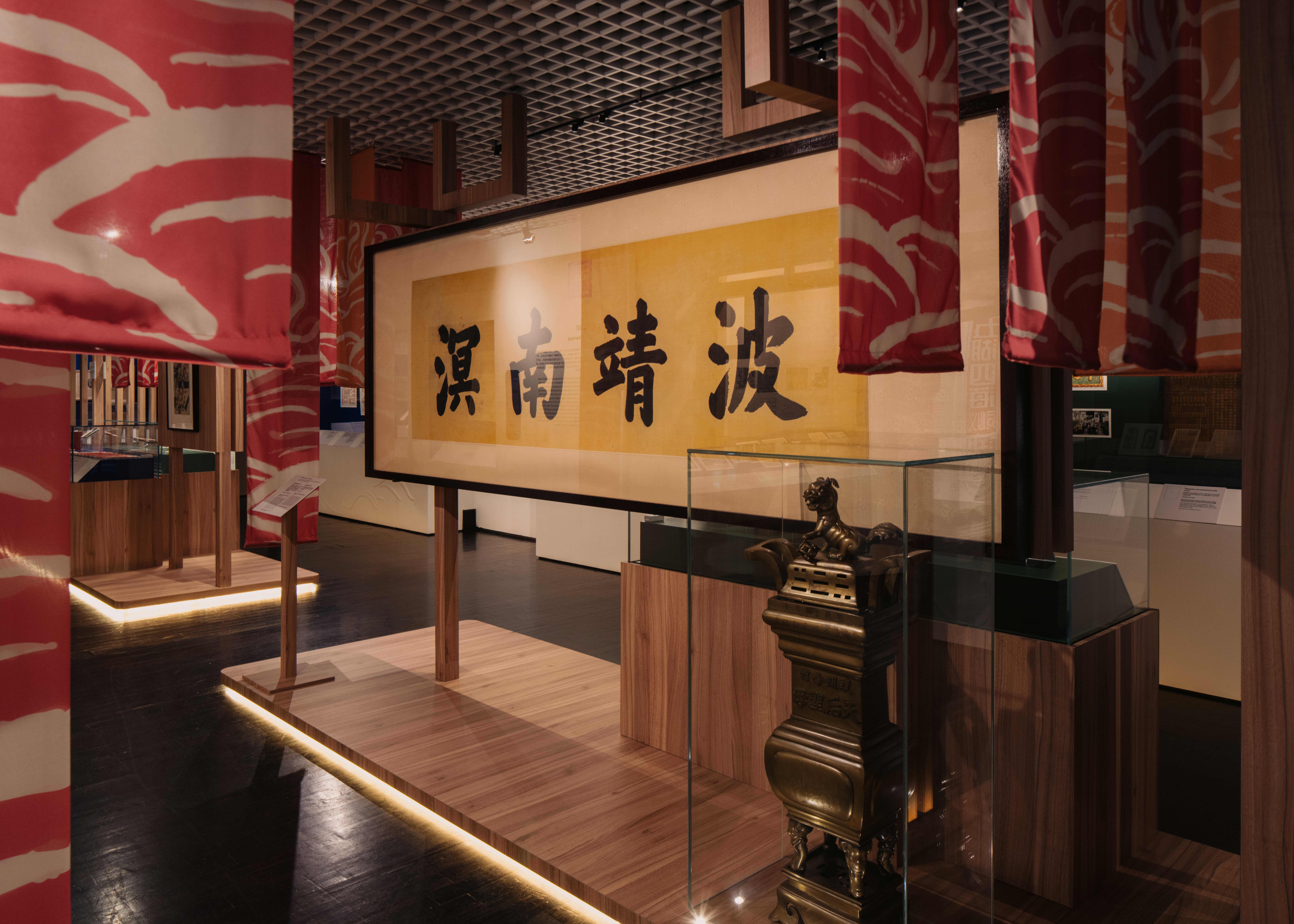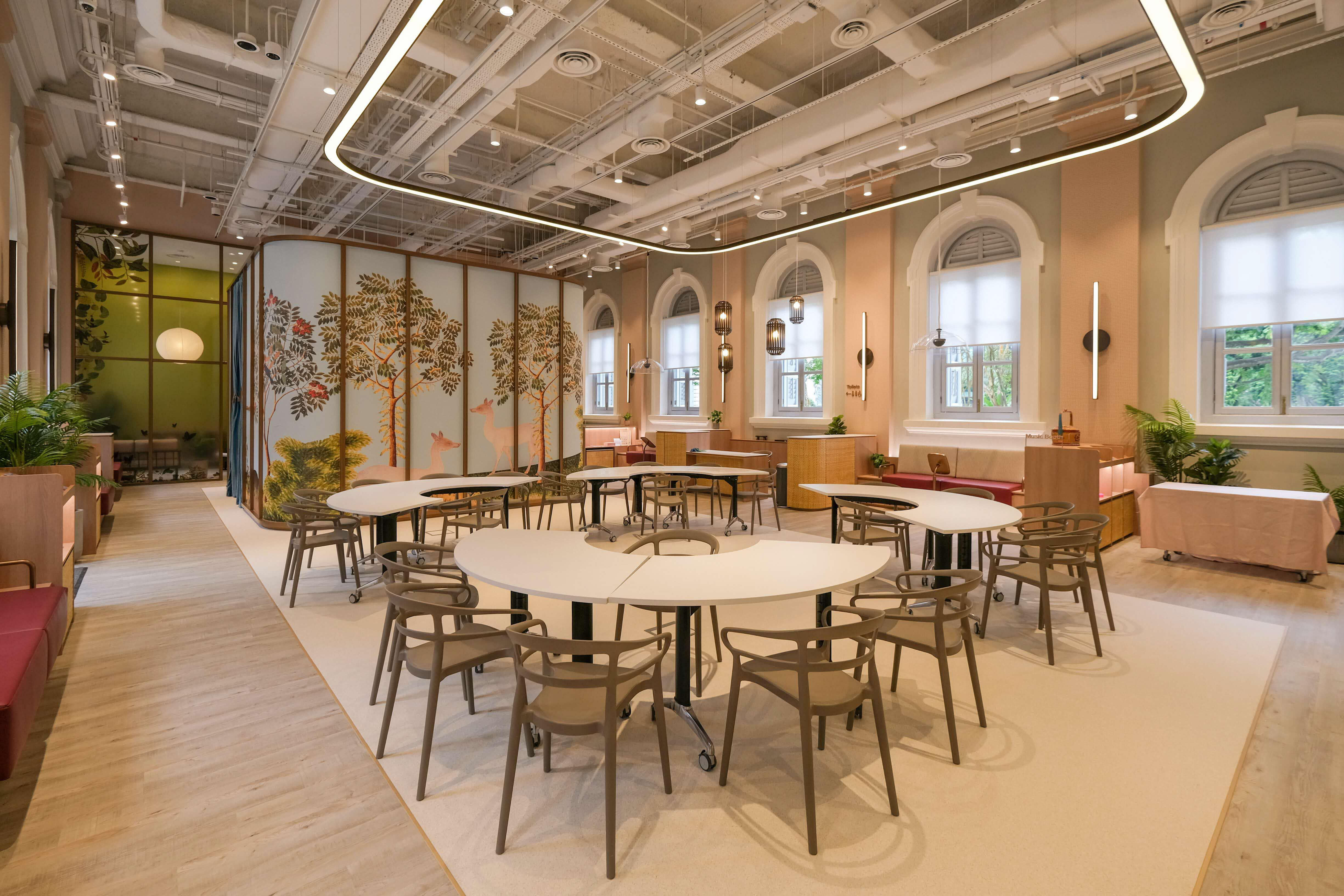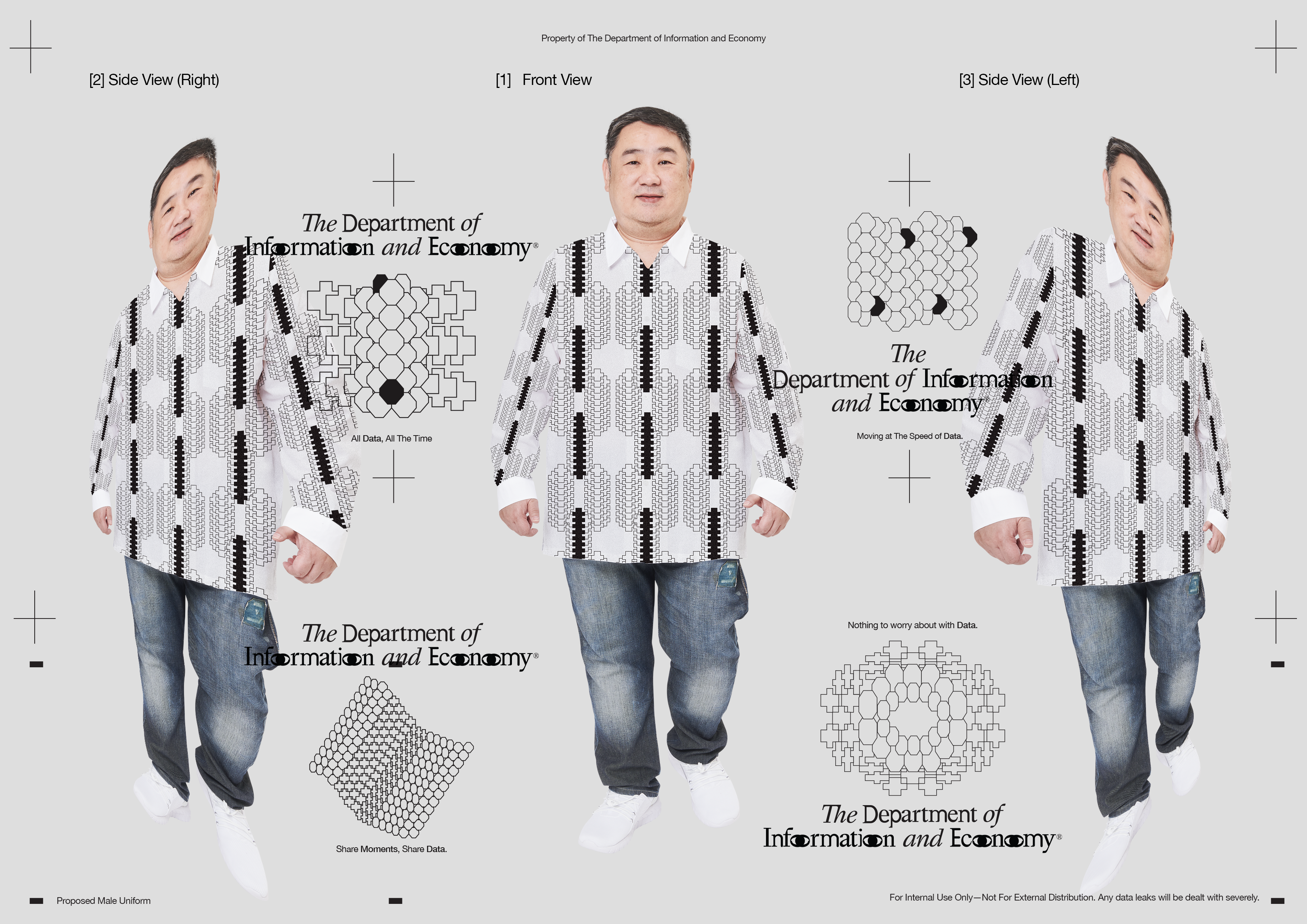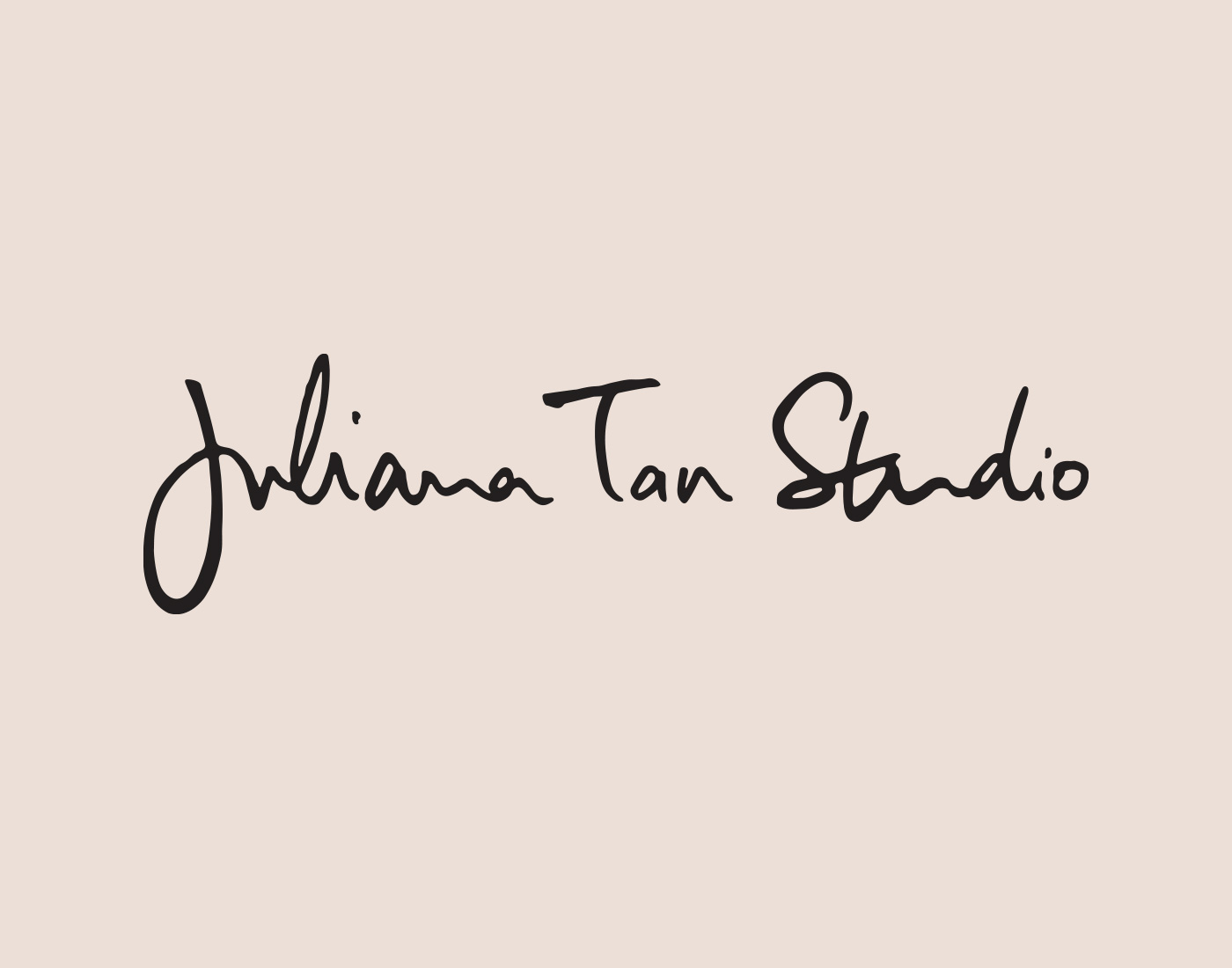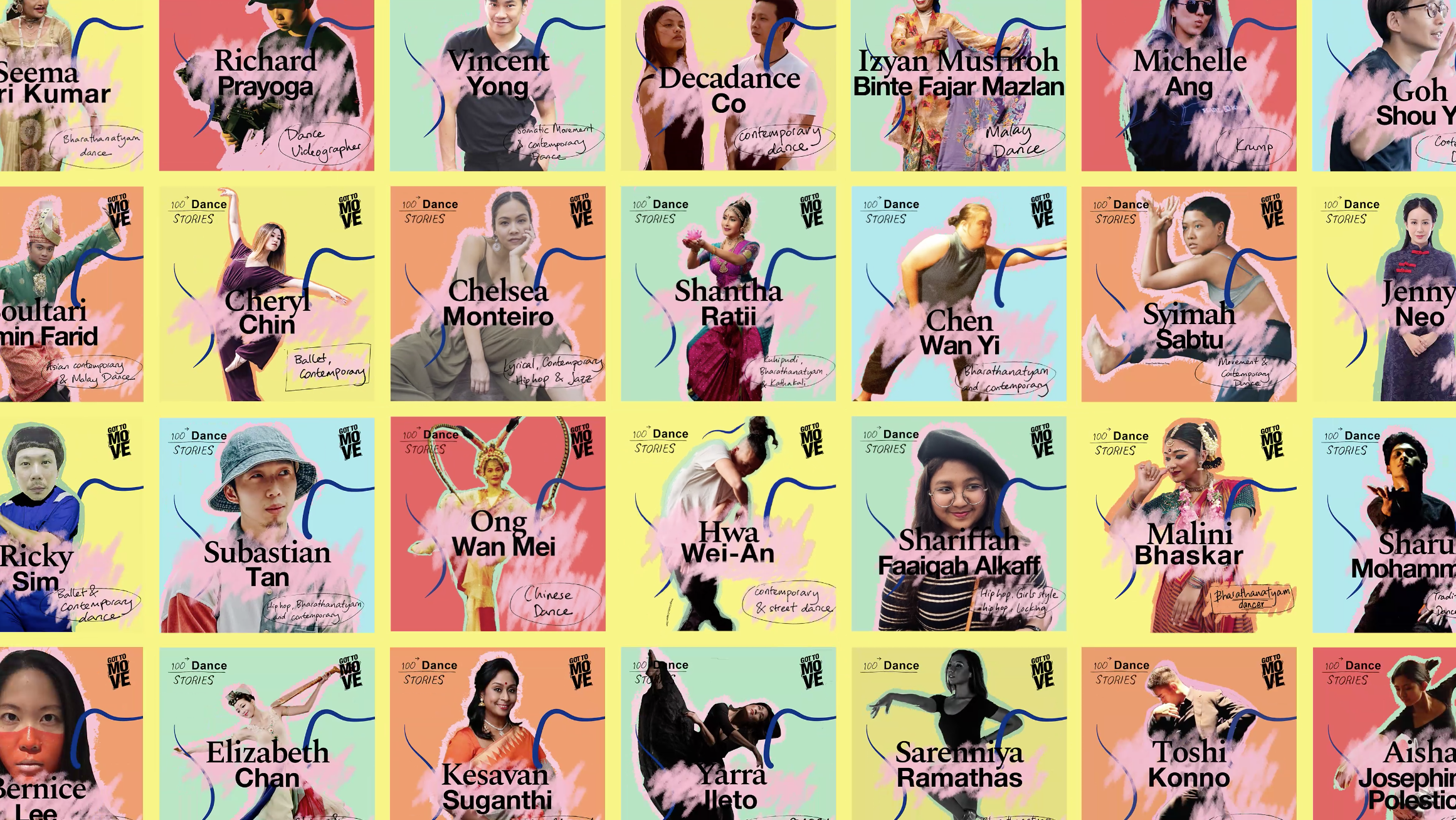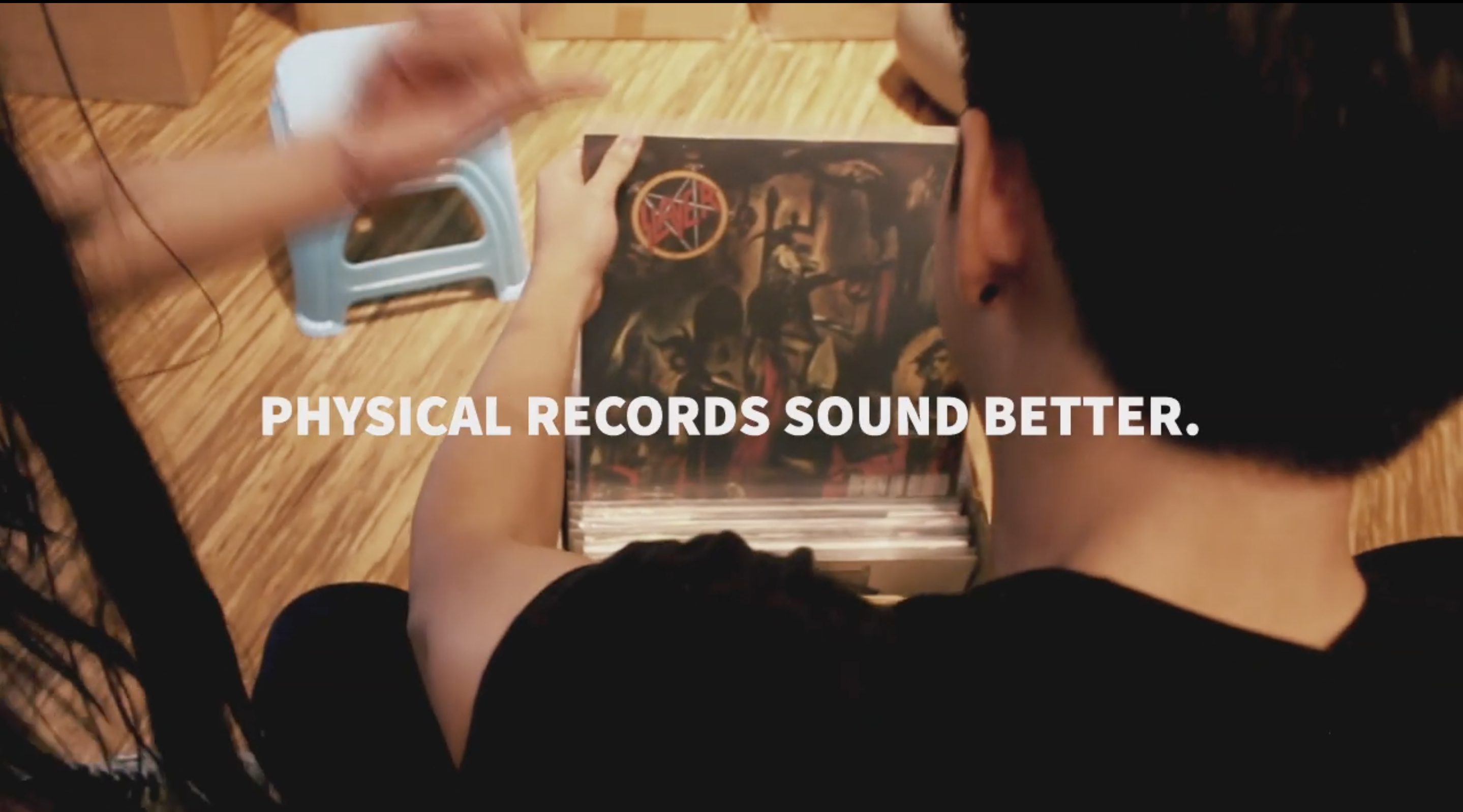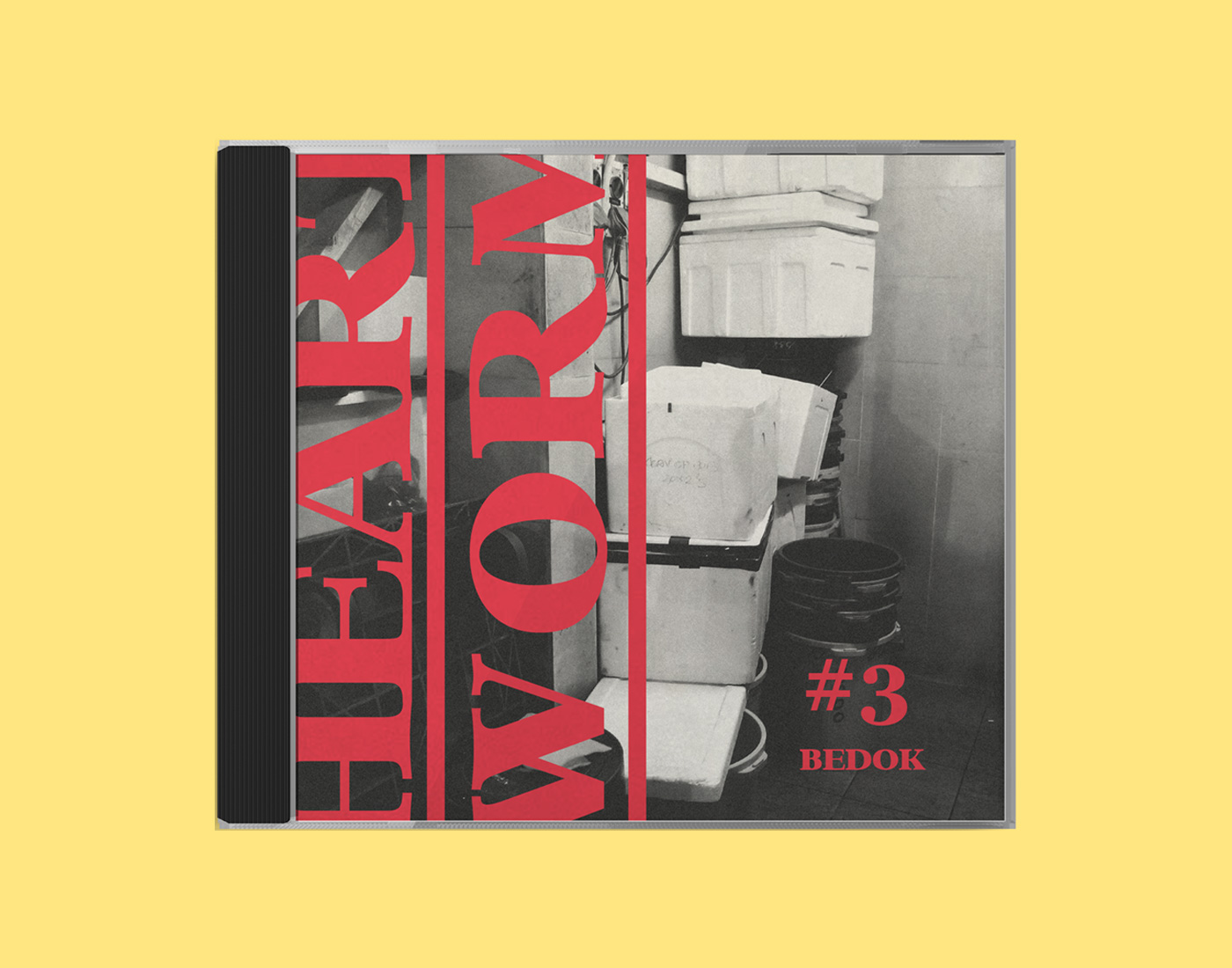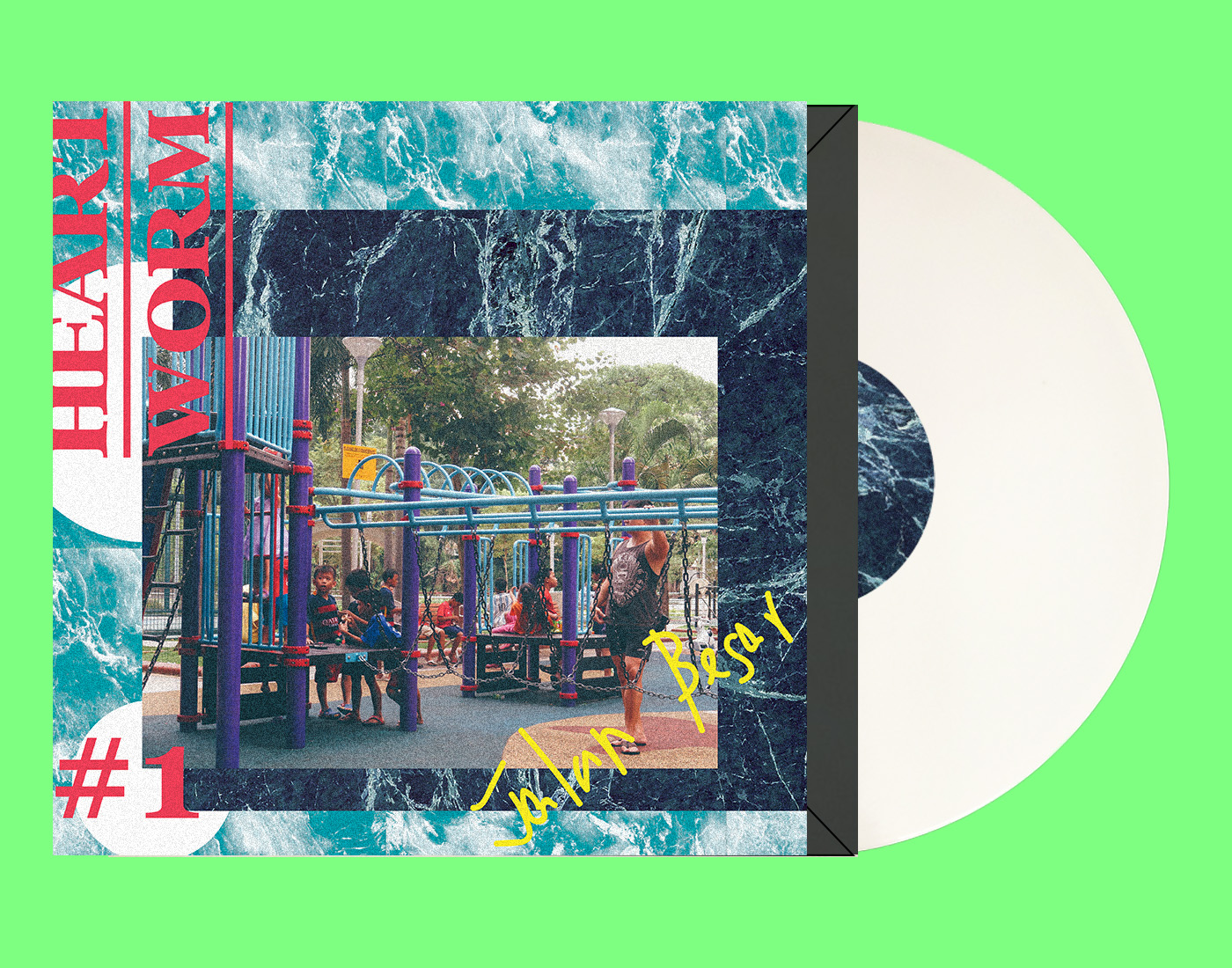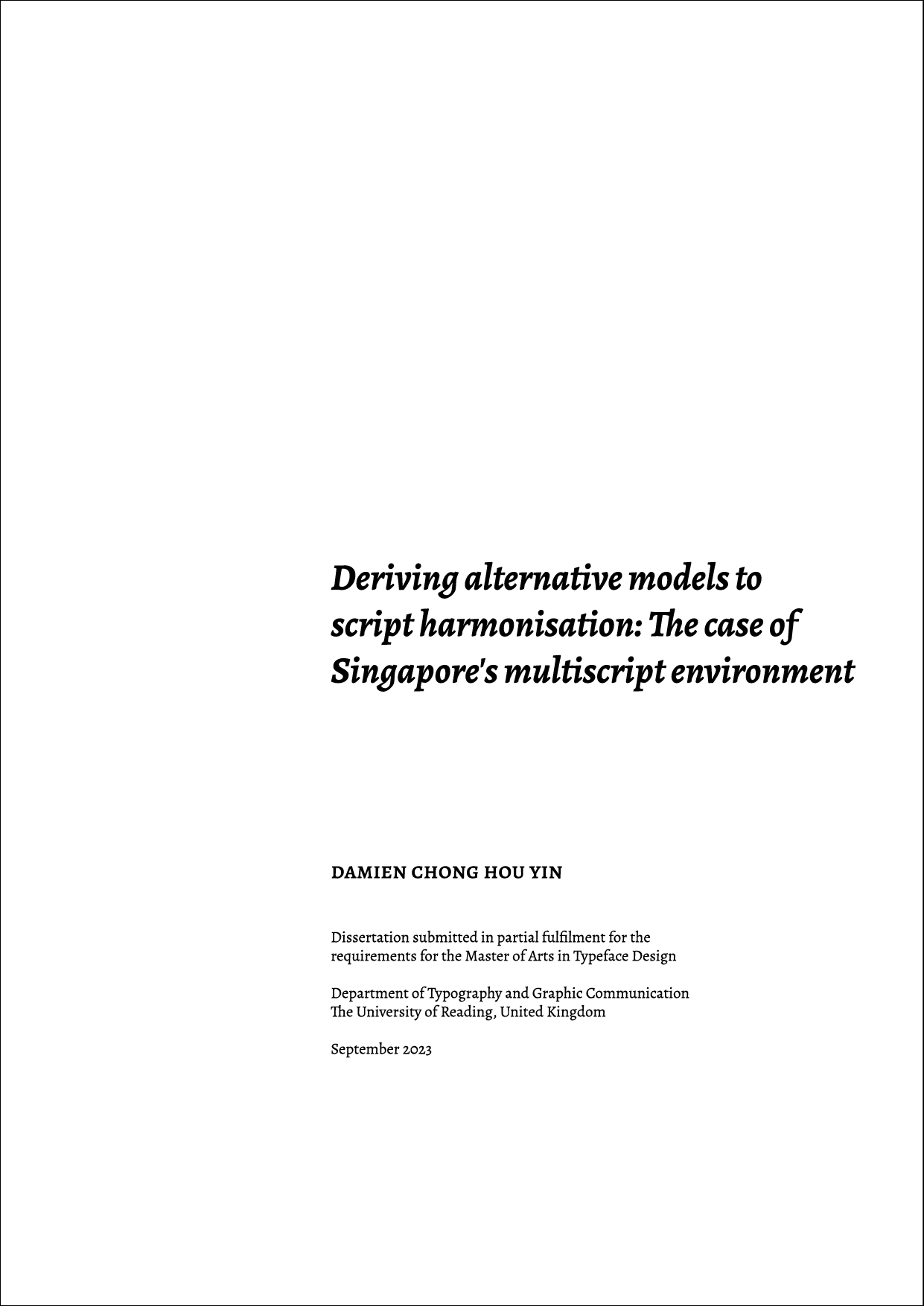
Deriving alternative models to script harmonisation:
The case of Singapore’s multiscript environment
This paper discusses the development of Singapore's short typographic history and its multiscript environment, with Latin, Tamil and Jawi used alongside each other. Through its colonial history as well as its immigrant settlers that came from China, India, and the around the Malay Peninsula, Singapore became a naturally occuring multiscript environment shortly after becoming a trading hub. With rapid industrialisation and evolving language policies post-independence, most Singaporeans are bi- or multilingual; with English as the majority's first language.
By analysing manuscripts, politics, cultural and historical contexts, this paper proposes that script harmonisation is a Eurocentric concept that was not orignally practiced in naturally occuring multiscript environments. Although modern day graphic design and typographic education in Singapore follows Western models, many of the multiscript documents are designed with the implicit assumption that readers are bilingual. An observation of these documents and ‘vernacular’ (a word filled with colonial implications) typography, as well as the changing political landscape, education and language policies in the history of Singapore have led to the development of a typographical phenomenon called Typographic Approximation—a script-agnostic rather than latin-centric approach to multiscript typesetting. From this phenomenon, the paper proposes models which alternatives to script harmonisation can be derived.
The paper is accessible on the Singapore Graphic Archives.

Letterform Theories 3—Sampled and Constructed Patterns
A pattern-based model, integrating post-modern motivations and the innovation imperative.
Typeface design is a practice that has a wide but ill-defined lexicon, with common knowledge and practices being lost over time due to technological advances and transitions to different mediums. Over time, typeface designers have studied and integrated patterns and pattern-languages into their practice, due to the similarities in structural building and integration that is required in both practices.
This paper looks at the change in the zeitgeist and motivations from generation to generationin response to politics, cultural shifts and other and technological advances in the field of Graphic Design, which in turn changed the general attitude towards typography and typeface design, allowing the dematerialization of an entire industry. The paper also draws comparisons between the postmodern motivations and principles of the architect Christopher Alexander’s Pattern Languages to the structural building and conventions required in the field of typeface design.
An accompanying seminar was given at the University of Reading.
The paper is accessible here.
A pattern-based model, integrating post-modern motivations and the innovation imperative.
Typeface design is a practice that has a wide but ill-defined lexicon, with common knowledge and practices being lost over time due to technological advances and transitions to different mediums. Over time, typeface designers have studied and integrated patterns and pattern-languages into their practice, due to the similarities in structural building and integration that is required in both practices.
This paper looks at the change in the zeitgeist and motivations from generation to generationin response to politics, cultural shifts and other and technological advances in the field of Graphic Design, which in turn changed the general attitude towards typography and typeface design, allowing the dematerialization of an entire industry. The paper also draws comparisons between the postmodern motivations and principles of the architect Christopher Alexander’s Pattern Languages to the structural building and conventions required in the field of typeface design.
An accompanying seminar was given at the University of Reading.
The paper is accessible here.


